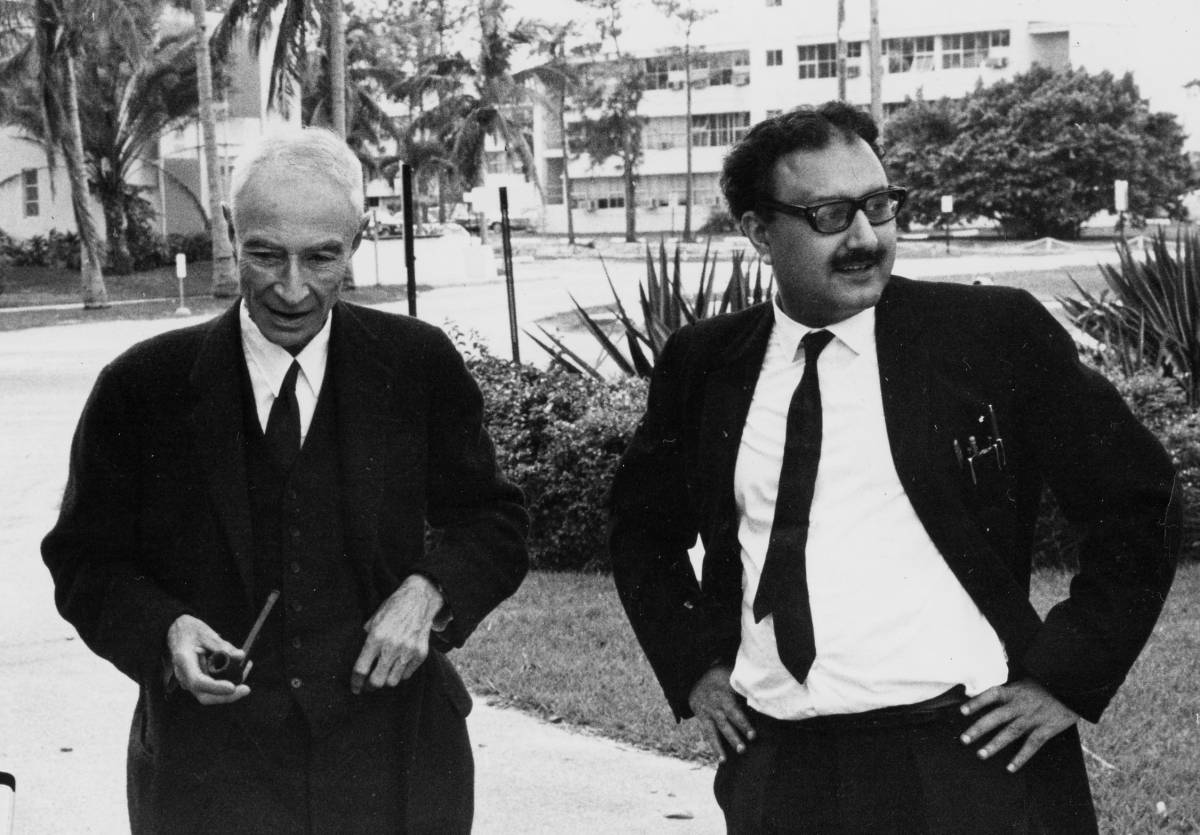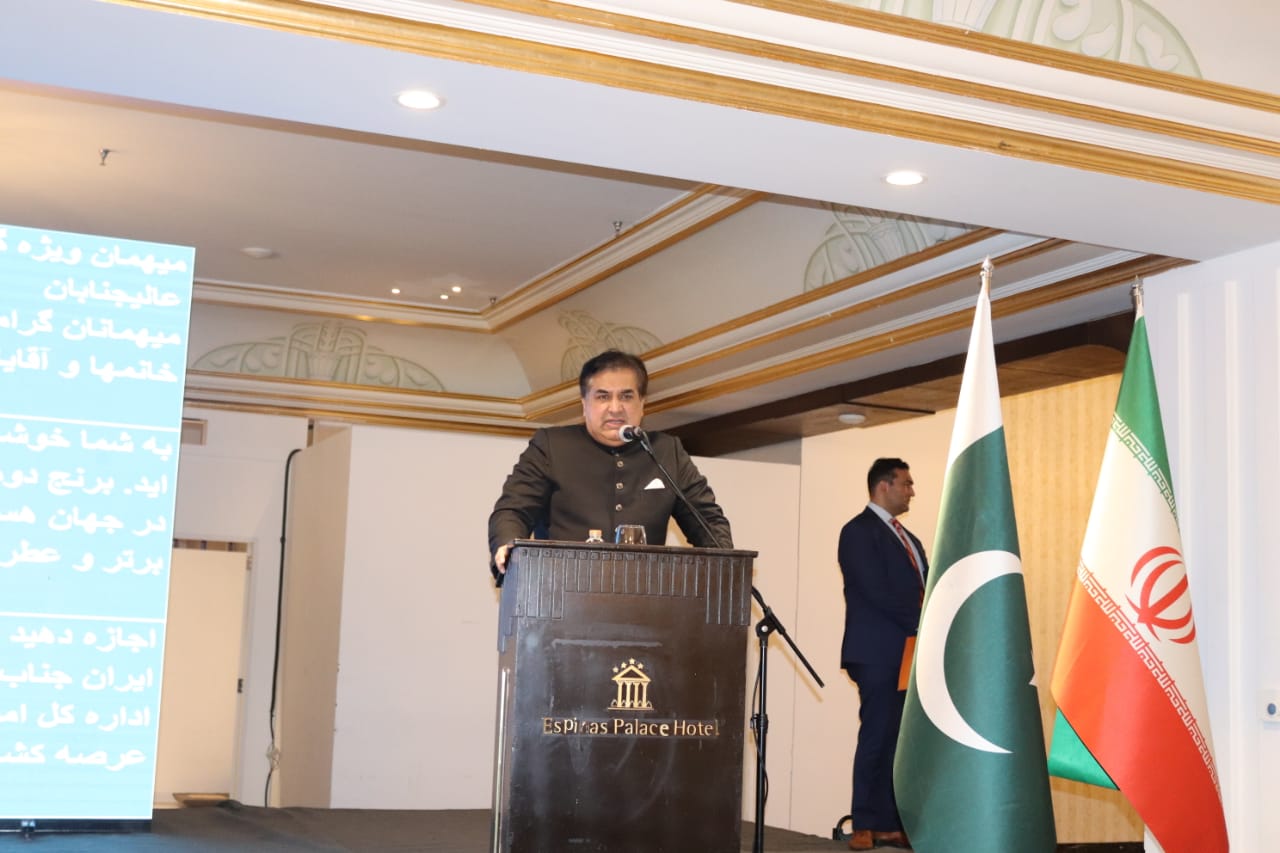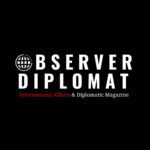Colombia has formally joined China’s Belt and Road Initiative (BRI), marking a significant shift in its foreign policy orientation and economic diplomacy. The move follows a high-level meeting in Beijing between Chinese President Xi Jinping and Colombian President Gustavo Petro, held after the China-CELAC Forum.
The BRI is China’s flagship global infrastructure and connectivity program aimed at boosting trade and economic integration. With Colombia’s inclusion, nearly two-thirds of Latin American and Caribbean countries are now BRI members.
High-Level Bilateral Meeting
Colombia’s participation in the BRI was finalized during President Petro’s bilateral talks with President Xi. According to China’s state media, Xi urged Colombia to take full advantage of the “high-quality Belt and Road Initiative” and highlighted opportunities for Colombia to export more of its high-quality products to the Chinese market.
President Petro stated on social media platform X (formerly Twitter) that the development represents a new phase in Colombia’s international engagement. “From now on, Colombia will interact with the entire world on a footing of equality and freedom,” he wrote.

Strategic Context
Latin America has become a strategic region in the global power competition between China and the United States. Through the BRI, Beijing offers investment in infrastructure, energy, telecommunications, and transport, often accompanied by concessional loans and technical assistance.
Colombia, a key U.S. ally in the region, has historically maintained close ties with Washington. However, the Petro administration has pursued a more diversified foreign policy. Joining the BRI aligns with Petro’s broader efforts to reduce reliance on traditional partners and expand economic relations with Asia.
China-CELAC Forum and Regional Outreach
The announcement came on the sidelines of the China-CELAC Forum, where President Xi Jinping met with leaders from across Latin America and the Caribbean. During the summit, Xi pledged $9.2 billion in development financing to the region. The funding package includes loans for infrastructure, cooperation in combating organized crime, and support for education and training programs.
Xi presented China as a stable and reliable development partner, indirectly contrasting it with the United States’ approach under previous administrations. He called on Latin American nations to resist “bullying and hegemony,” stating that tariff wars harm global trade and stability.
Regional Projects and Implications
China’s BRI engagement in Latin America includes major infrastructure projects like the Chancay Port in Peru and various rail, highway, and energy projects in Brazil, Argentina, and Ecuador. With Colombia now on board, potential areas for collaboration may include port upgrades, transportation networks, and clean energy initiatives.
China is also Colombia’s second-largest trading partner after the United States. Bilateral trade surpassed $17 billion in 2024, according to Colombian government statistics. Analysts expect BRI membership to lead to expanded Chinese investment and easier access to Chinese financing for Colombia’s long-term infrastructure plans.
U.S. Reaction and Strategic Implications
While the U.S. has not yet officially responded to Colombia’s decision, Washington has previously expressed concerns about Beijing’s growing influence in the Western Hemisphere. U.S. officials have warned that some BRI deals come with hidden costs and could increase debt vulnerabilities in recipient countries.
However, many Latin American governments argue that Chinese investments fill critical gaps in infrastructure funding that Western institutions have been slow or unwilling to finance.
Outlook
Colombia’s accession to the Belt and Road Initiative signifies a recalibration of its foreign and economic policy priorities. As geopolitical dynamics shift and regional powers seek diversified partnerships, the BRI continues to serve as a central pillar of China’s global outreach strategy. The full scope of China-Colombia cooperation under the BRI framework will likely unfold over the coming years through bilateral agreements and large-scale development projects.
Related stories:
Belt Road Initiative a boon to development: 5 Main Projects
Belt and Road Initiative Powers Economic Revival in Pakistan
















